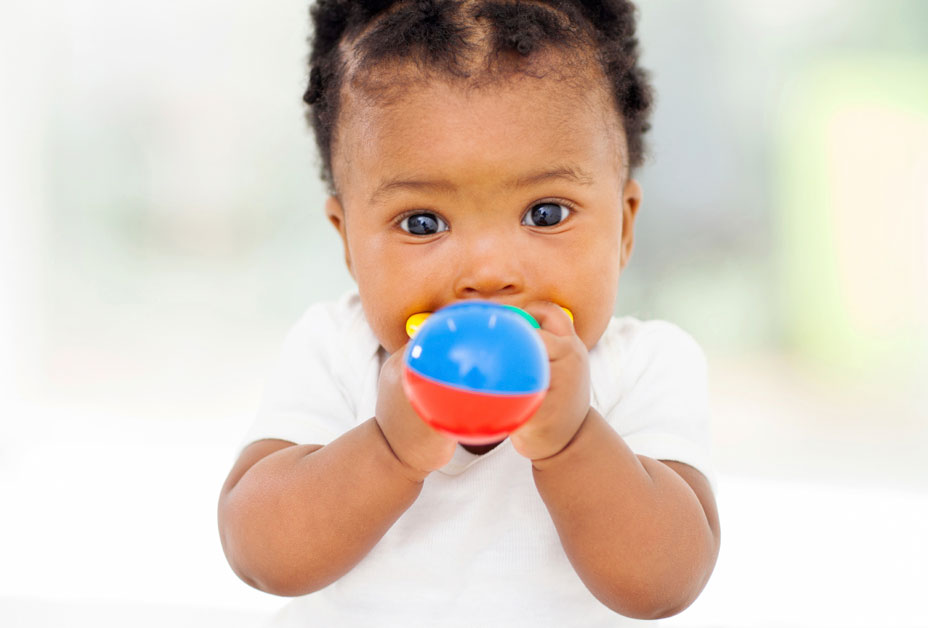Cerebral Palsy
[seh-ree-brul pawl-zee]

Cerebral palsy is a group of disorders that affects a person’s ability to move and keep balance and posture. Cerebral palsy is the most common motor disability in childhood. Cerebral means having to do with the brain. Palsy means weakness or problems with using the muscles. Cerebral palsy is caused by abnormal brain development or damage to the developing brain that affects a person’s ability to control his or her muscles. The symptoms and functioning of each person with cerebral palsy varies. Cerebral palsy does not get worse over time, but the exact symptoms can change over a person’s lifetime.
Quiz
Key Facts
- Cerebral palsy is a group of disorders that affect a person’s ability to move and maintain balance and posture.
- CDC estimates that about 1 in 323 children have been identified with cerebral palsy.
- Cerebral palsy is more common among boys than girls, and more common among black children than white children.
- Most cerebral palsy is related to brain damage that happened before or during birth, though some is related to brain damage after birth.
- Cerebral palsy is typically diagnosed during the first or second year after birth.
Media
Prevention Tips
In most cases, we do not know why children develop cerebral palsy. Here are some tips for lowering a child’s risk for developing the type of cerebral palsy that occurs after birth.
- Treat babies who have severe jaundice with special lights (phototherapy) to stop the development of kernicterus, a known cause of cerebral palsy.
- Get routine shots (vaccinations) for babies to prevent meningitis, another known cause of brain damage that can, in turn, cause cerebral palsy.
- Properly buckle babies and young children in car seats or booster seats to help prevent head injury, another known cause of cerebral palsy.




